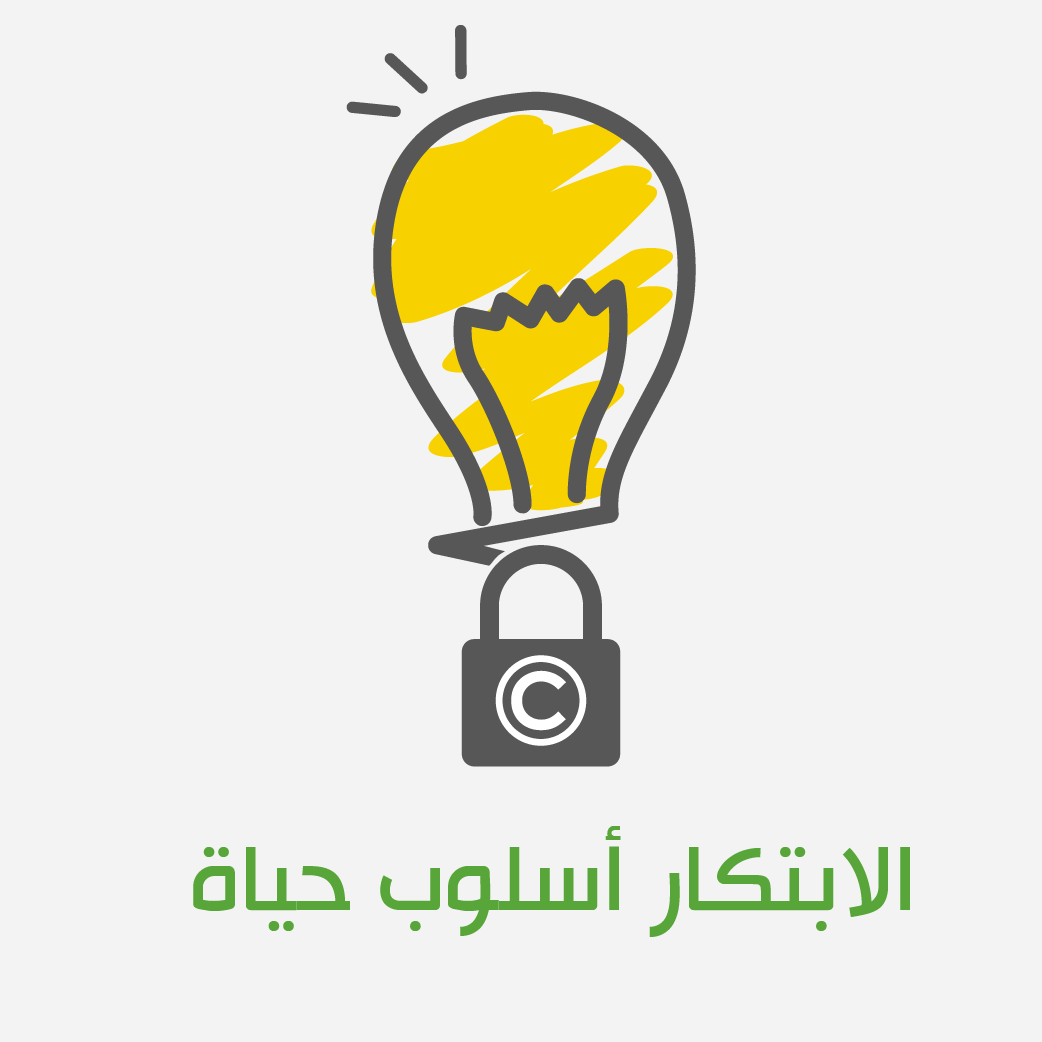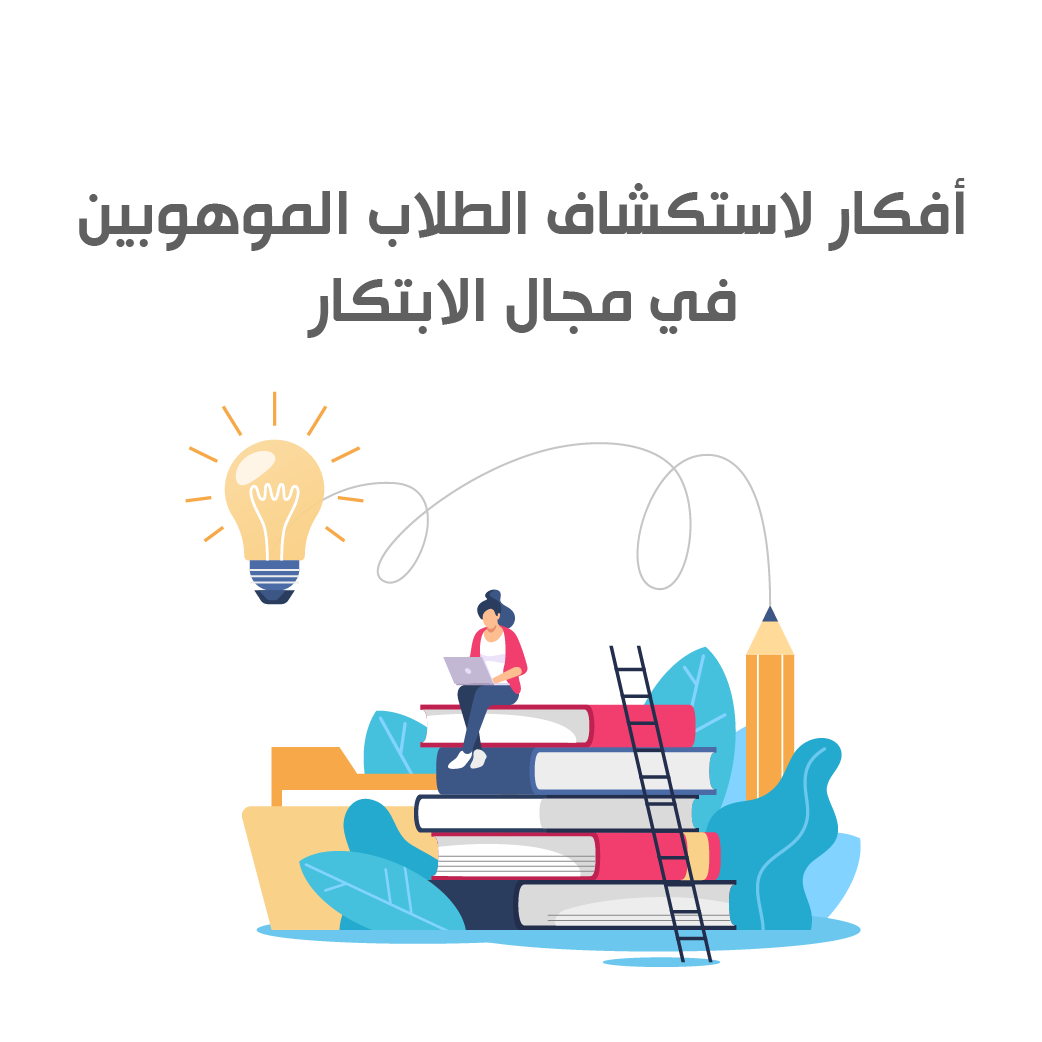Different news bulletin!

A..Bassem Jafal
Innovation
12
Some news bulletins don’t start at a specific time, but in a specific situation. As soon as you get home and sit at the lunch table, or sit down to have coffee or tea, the home news bulletin starts; one of the little ones starts with a bulletin about the most important problems that happened at school, then another one follows him, until the two-and-a-half-year-old tries to invent some problems like his brothers. I don’t know if I’m the only one who has this type of news bulletin or if it has become a necessity in other homes!
Finally, before the home newscast began, I would ask the kids, “What was the best thing that happened to you at school today?” At first, they would pause before answering, their brains just not used to thinking that way in such a situation. Over time, things changed and we would start hearing some good news, before the bad news started pouring in.
I wondered, could the newscast have more positivity, for example, problems and solutions or attempts to come up with solutions on the part of the kids? “Dad, history class is boring, I almost fell asleep, I talked to the creative solutions team to find a solution to this problem, we will start working on it soon?”
“Dad, the classroom chairs are noisy and many of my classmates are complaining. The Creative Solutions team and I will try to understand the problem more and come up with a new design that will make us feel comfortable and happy.”
There are many problems that accompany school life: absence, morning lateness, neglecting homework, lying, aggressive behavior, throwing waste or papers and writing on walls and seats, behavior that violates social etiquette, and others. These are just a sample of the problems prevalent in schools in general. Yes, there are great efforts being made to solve them, but what if we made students, through a specific methodology, contribute to finding creative solutions to these problems and others?
Anyone who thinks that children cannot face problems and find creative solutions to them is wrong.
While the US government was working hard to reduce the cost of printing paper, and was looking for creative ideas to do so, a 14-year-old boy named Mirchandani came up with a very simple idea. He suggested changing the font used in government correspondence from Times New Roman to Garamond. It was discovered that this simple change, which makes only a very small difference in the font as you can see, would reduce printing ink consumption by 24%. Indeed, the idea was implemented, saving the US government $394 million (equivalent to 1 billion and 477 million Saudi riyals).
Children need three basic things in order to innovate and find creative solutions to the problems they see around them:
- Follow the innovative mindset
- The presence of clear tools and steps (Process & Tools)
- Provide a supportive environment (Culture/Supporting Environment)
Building the capacity for innovation in young people has a huge impact on them, their families, their schools, their communities and their country. For example, one of the most important features of the education system in Singapore, which is one of the best education systems in the world, is that they train young people in the skills of finding creative solutions to the problems they experience and see around them.
How I long for a newscast in which I hear my son say one day: “Dad, a new teacher came to us today. He says he is going to train us to be creative. He said something strange. He says that problems can be useful! How can problems be useful, Dad?”
Did you benefit from the information provided on this page?
visitors liked this page



